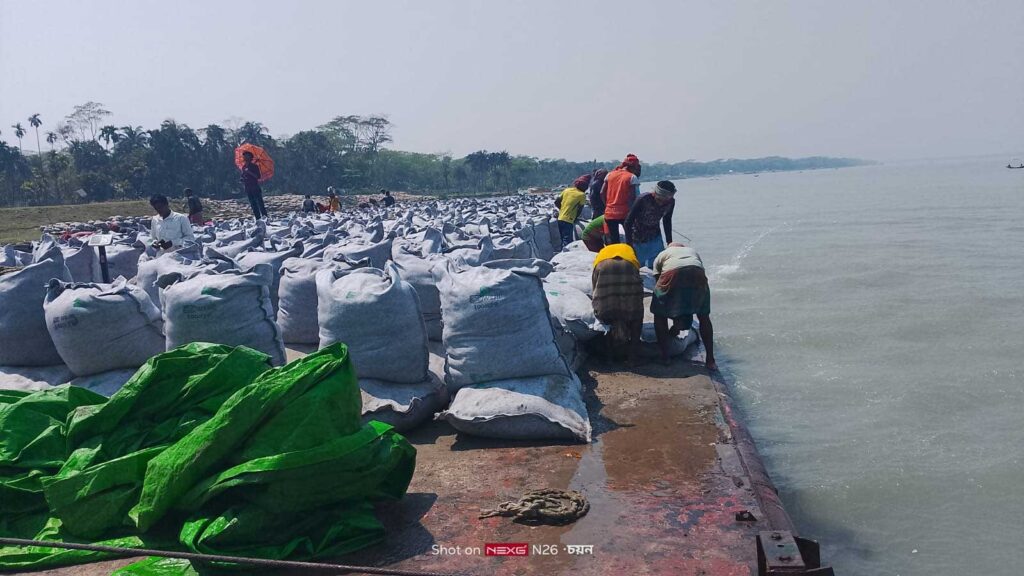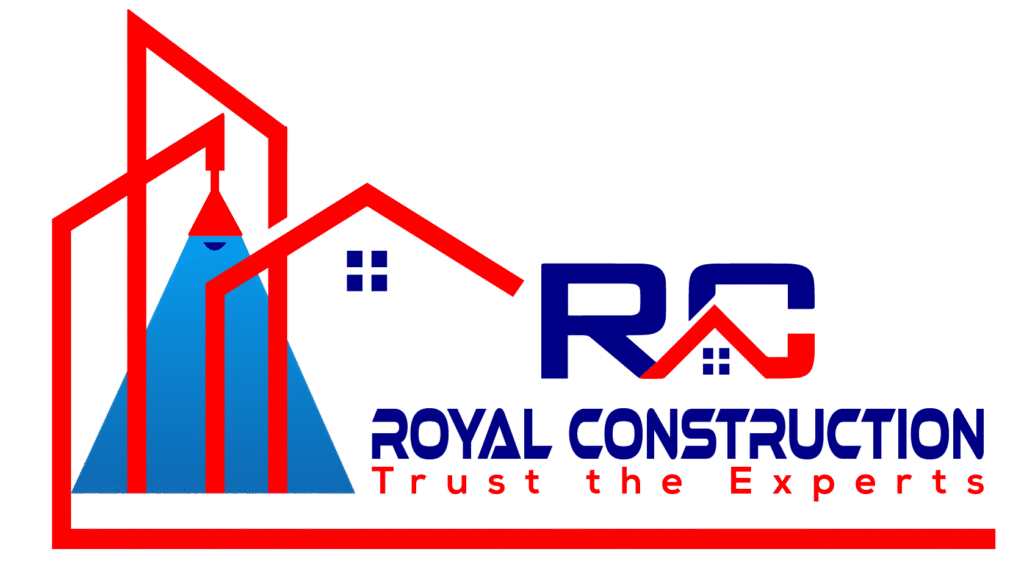Pioneers in Erosion Control

River Erosion Prevention Work by Royal Construction: Geo-tube Technology, Barge Operations & Expertise
River erosion is a persistent challenge across many parts of the world, particularly in countries where major rivers are essential lifelines for communities, agriculture, and commerce. The gradual yet aggressive action of water flow leads to loss of land, displacement of populations, and damage to infrastructure. In this domain, Royal Construction has emerged as a leader in river erosion prevention, particularly through the use of Geo-tube technology, specialized barge-based filling and dumping systems, and robust civil engineering practices.
Understanding River Erosion and Its Impacts
River erosion is caused by the natural movement of water which detaches and transports sediment from one location to another. Factors contributing to erosion include:
- High river current velocity
- Seasonal flooding
- Absence of vegetation cover
- Uncontrolled river meandering
- Climate change and extreme weather events
The consequences of unchecked riverbank erosion are grave: thousands of hectares of fertile land can disappear annually, homes and communities may be swept away, and vital infrastructure such as bridges, embankments, and roads can become compromised.
Royal Construction: Pioneers in Erosion Control
Royal Construction, an engineering and infrastructure development company, has garnered recognition for its innovative and effective river erosion control projects. With a team of hydraulic engineers, geotechnical experts, and marine operation specialists, the company leverages advanced technology to deliver sustainable and scalable erosion solutions.
Core Services:
- Geo-textile tube supply and installation
- Hydraulic dredging and sediment management
- Barge-based placement of erosion control materials
- Riverbank slope stabilization
- Construction of revetments and spurs
- Emergency response to erosion incidents
What Is a Geo-tube?
A Geo-tube is a high-strength geotextile fabric tube, filled with sand, slurry, or other materials, designed to serve as a flexible yet robust barrier against erosion. Once filled and placed along vulnerable riverbanks, Geo-tubes act as:
- Breakwaters that absorb wave energy
- Reinforcement barriers for embankments
- Sediment traps to stabilize soil
- Foundation structures for levees and revetments
These tubes are typically made of woven polypropylene or polyester, and can range from 1 to 3 meters in diameter and 10 to 50 meters in length depending on project specifications.
Royal Construction’s Geo-tube Work Process
The company’s specialization in Geo-tube placement is marked by precision, efficiency, and adaptability to difficult terrain and flow conditions. Here’s an overview of their process:
- Site Assessment & Engineering Design
Before any physical work begins, Royal Construction conducts:
- Bathymetric surveys
- Soil testing
- Hydraulic modeling
- Risk mapping
This data is used to design custom erosion prevention plans, including placement grids, tube dimensions, and fill specifications.
- Fabrication & Transportation
Geo-tubes are manufactured off-site using UV-resistant, marine-grade geotextile fabric. They are then transported to staging areas near the project site.
- Barge-Based Filling and Placement
One of Royal Construction’s key strengths lies in barge-based operations. The process involves:
- Dredgers extracting sand from designated borrow pits or riverbeds.
- Pumps transferring sand-water slurry into Geo-tubes positioned on barges.
- Filling operations conducted using flow meters and pressure gauges to ensure even distribution.
- Placement of filled tubes using barge-mounted cranes and winch systems.
This floating platform method allows work to be done in deep water, during high flow periods, and in areas inaccessible by land vehicles.
- Dumping and Anchoring
After placement, the tubes are carefully dumped at the toe of the riverbank slope, often with protective layers of:
- Armor stone
- Concrete blocks
- Nonwoven geotextile filters
Special anchors and ballast systems are used to hold the tubes in place until sediment accumulation naturally reinforces them.
- Quality Control and Monitoring
Post-installation, Royal Construction employs:
- Drones and sonar for post-placement inspection
- Tensile strength testing
- SCADA monitoring systems for pressure and flow during filling
- Periodic inspections for structural integrity
